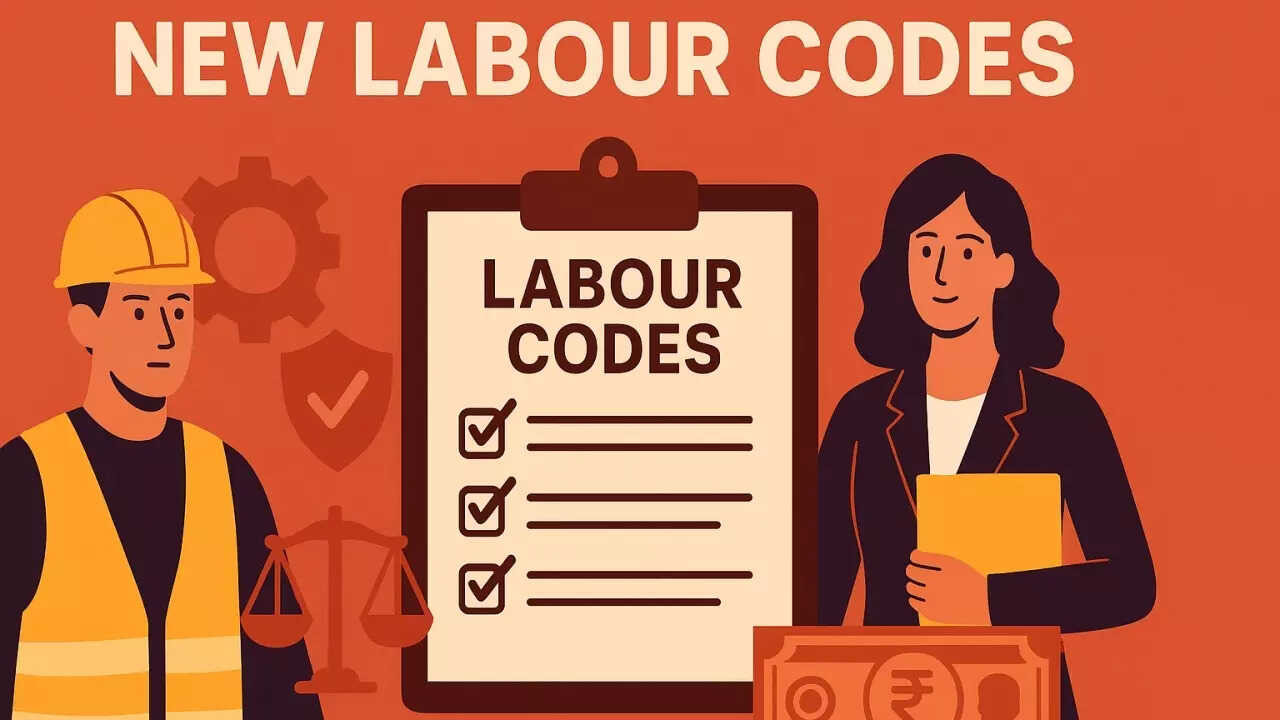India’s new labour codes, effective November 21, 2025, consolidate 29 laws, promising universal minimum wages, enhanced social security for gig workers, and improved safety. While offering businesses flexibility, they also introduce new classifications for employees and workers, impacting benefits and contract labour. Employers must adapt HR and payroll to these significant changes.
Decoding India’s New Labour Codes: A Real-World Guide
India’s employment landscape is on the cusp of a seismic shift. Forget incremental tweaks; we’re talking about a whole new ballgame with the arrival of the new labour codes. These aren’t just legal jargon for HR departments; they’re poised to reshape the daily lives of millions of employees and redefine the operational strategies of countless businesses.
So, what’s really changing, and how will it impact you? Let’s dive into the key aspects of these codes, cutting through the complexities to give you a clear, practical understanding.
Minimum Wages: Setting a New Floor
Imagine a scenario where inconsistent pay scales plague entire industries. That’s precisely the problem the new codes aim to tackle with a nationally determined floor wage. The Central government now has the power to set a minimum wage threshold, which will then guide state governments in setting their own rates, ensuring they don’t fall below the central benchmark. This is great news for workers in unorganized sectors or those previously earning below a livable wage. The goal? A more equitable and standardized wage system across the nation. However, the specific impact will depend on the actual floor wage set and how effectively states implement it.
Gratuity: Rewarding Long-Term Service
<img src="image-gratutity.jpg" alt="Hands exchanging money representing gratuity payments.”/>
Gratuity, the lump-sum payment an employee receives upon leaving a company after a certain period of service, is getting a significant makeover. Previously, an employee needed to complete five years of continuous service to be eligible. Now, that requirement is potentially being slashed to just one year. This opens up gratuity benefits to a much larger segment of the workforce, particularly those in sectors with high employee turnover or short-term contracts. The change recognizes the value of even relatively short-term contributions to a company’s success. This is a particularly welcome change for contract workers and those in the gig economy.
Appointment Letters: Formalizing the Employment Relationship
Transparency is the name of the game with the new codes. One key provision mandates that every employee, regardless of their position or pay scale, must receive a formal appointment letter. This seemingly small detail has huge implications. It provides clarity on job roles, responsibilities, working hours, and other crucial aspects of employment. An appointment letter serves as a vital document in case of disputes, protecting both the employee and the employer by clearly defining the terms of employment from the outset.
Layoff and Retrenchment: Redefining the Rules
The rules surrounding layoffs, retrenchment, and closures are also undergoing significant changes. The threshold for establishments requiring government permission before implementing layoffs has been raised to companies with 300 or more workers (previously 100). This gives slightly more flexibility to smaller companies. However, it also means that larger companies will face increased scrutiny and potential hurdles when reducing their workforce. The codes also emphasize the need for a “re-skilling fund,” supported by employer contributions, to aid retrenched workers in finding new employment opportunities.
Social Security: Expanding the Safety Net
The new codes seek to expand social security benefits to include gig workers, platform workers, and unorganized sector employees. This is a significant step towards providing a safety net for a growing segment of the workforce that often lacks traditional employment protections. The exact details of these benefits are still being worked out, but the intent is clear: to create a more inclusive and comprehensive social security system. To learn more about social security schemes, check out our article on [government schemes for employees](link-to-relevant-article).
Fixed-Term Employment: A Double-Edged Sword
Fixed-term employment, where employees are hired for a specific duration, is formally recognized and given equal footing with permanent employees in terms of benefits and working conditions. This offers businesses greater flexibility in managing their workforce, particularly for project-based work or seasonal demands. However, it also raises concerns about potential exploitation, as employers may be tempted to rely heavily on fixed-term contracts to avoid providing long-term benefits.
What Does it all mean?
The new labour codes represent a fundamental overhaul of India’s employment laws, with the potential to significantly impact both employees and employers. While the stated goal is to simplify and modernize the legal framework, promote flexibility, and enhance social security, the actual impact will depend on the effective implementation and enforcement of these codes. These changes aim to create a more streamlined and equitable labor market. As these codes are implemented, careful monitoring and adaptation will be essential to ensure they achieve their intended objectives and foster a thriving and inclusive economy.







